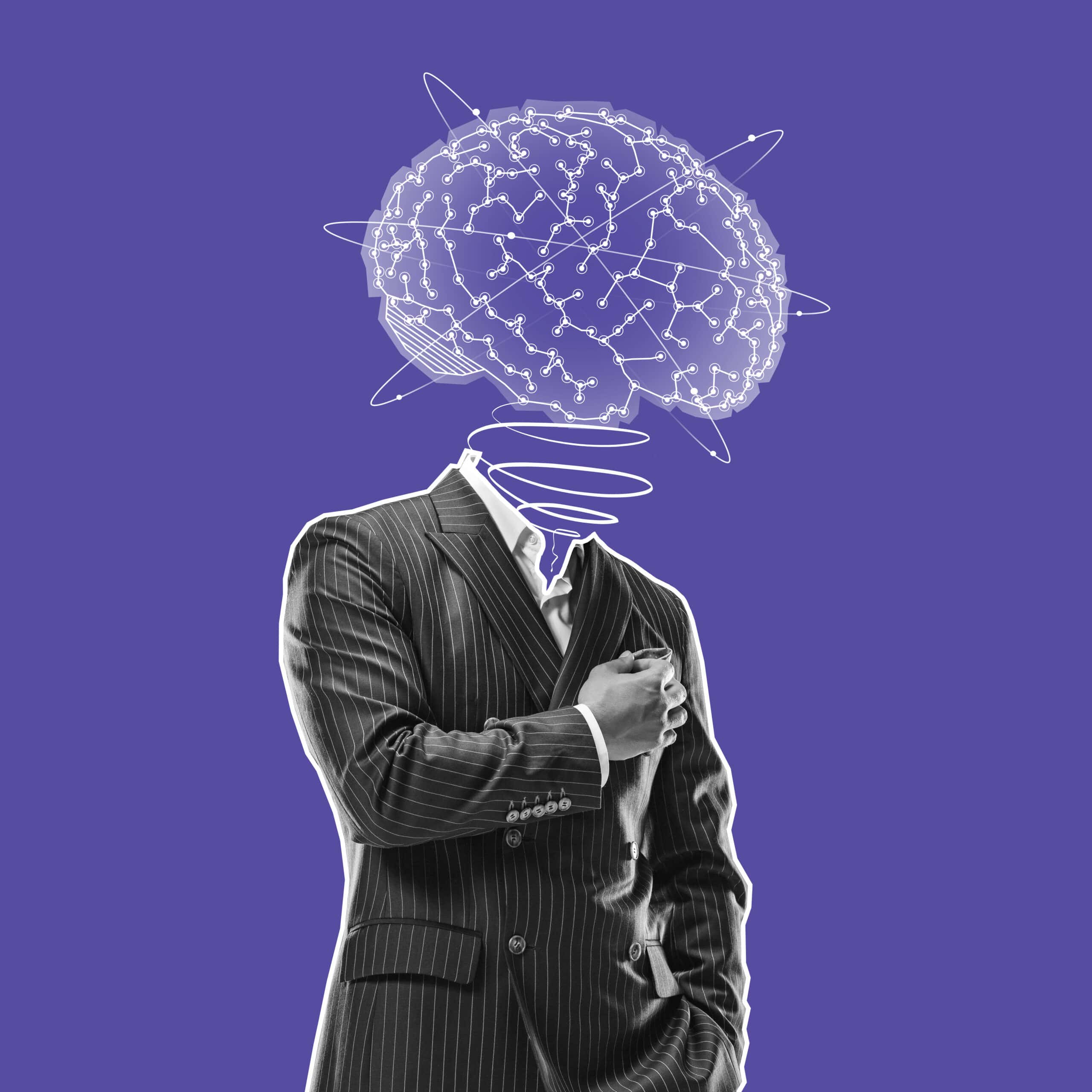Have you ever thought about why accountability matters in creating a successful workplace?
Most of us agree that accountability is key to a successful workplace, a fact that becomes even more vital as we set our annual goals. But sometimes, managers unintentionally set barriers that limit their teams.
This week, we’re highlighting a Harvard Business School article on why accountability matters and how to foster a thriving team environment. It’s a must-read, offering quick, impactful insights. 👍
Featured Article:
Be My Eyes is a Danish startup established in 2012 with the goal of creating technology for people who are blind or vision-impaired. The Be My Eyes app connects blind people with online volunteers who can help them navigate daily tasks, such as identifying a product on a store shelf.
Now, Be My Eyes is working with OpenAI to create the GPT-4-powered Virtual Volunteer, a chat and image-to-text recognition tool that can generate the same level of context and understanding as a human volunteer. This is all possible thanks to GPT-4’s new visual input capability, which allows the model to recognize and interpret images.
It’s this combination of image recognition and GPT-4’s powerful language capabilities that is particularly useful since users will not just be able to get help identifying a product or item – they’ll also be able to have a conversation about it. As OpenAI explains, it’s the difference between a basic image recognition tool that recognizes an object on the ground as a ball and a tool that communicates to the user that not only is it a ball, but it could be a trip hazard, so take care.
In one example, a user was able to navigate a railway system using the Virtual Volunteer, getting details about where they were located and instructions on how to get where they needed to go.
The Importance of Human-centered AI
People give AI its intelligence and ability to produce trustworthy recommendations, and their watchful eyes help keep AI secure and proprietary information safe.
Article featured in Architecture and Governance
“Set it and forget it” might be a great infomercial tagline, but unfortunately, it’s never really applied to technology. Especially when it comes to artificial intelligence (AI). AI must be adjusted, updated, and sometimes fixed so that it can continue to deliver high-quality recommendations.
This is called a feedback loop—the iterative process that AI uses to continuously learn and refine its recommendations. In the feedback loop, every output is collected and analyzed, allowing AI to “learn” from each decision, make improvements, and increase the accuracy of its output.
Although AI is designed to be automated and self-sufficient, people play an important role in the feedback loop. AI isn’t born, it’s created, ideally by internal teams with diverse backgrounds and perspectives. Likewise, customer input is critical to ensuring the AI continues to function well and meet people’s needs. So, a corporate lawyer using AI to analyze invoices or select law firms for certain matters should be empowered to provide their vendor with insights into what’s working, what isn’t, and what could be improved.
Corporate AI investment is skyrocketing. IDC forecasts that generative AI budgets will deliver staggering compound growth rates of over 73% through 2027.
However, PwC warns that smart spending will be rare, finding, “a few companies — very few — are getting these technologies right. Executives in these organizations report significantly higher benefits from emerging tech in general, and from generative AI in particular, than their peers.”
Ursula Soritsch-Renier, Saint-Gobain’s chief digital and information officer, is one such exception. She excels as both steward and change agent and exemplifies what tech executives must do well to harness and maximize AI’s transformational value.
Intriguingly, when asked what it takes to ready the construction materials and services giant, founded in 1665 during Louis XIV’s reign, for the digital era, her four-part advice spotlights the human side of digital transformation. That’s a humble homage to the past, sincere respect for today’s €51 billion revenue enterprise with over 160,000 workers across 75 countries and a serious obligation to the future.
Simplicity doesn’t mean underwhelming results. A simple model only means that the steps it uses to deliver the solution are less complicated than the advanced model. It might use fewer parameters or simpler optimization methods, but a simple model is still valid.
Referring to the philosophy principle, Occam’s Razor or Law of Parsimony states that the simplest explanation is usually the best one. It implies that most problems can usually be solved through the most straightforward approach. That’s why simple model value is in its simple nature to solve the problem.
A simple model is as important as any kind of model. That is the crucial message the article wants to convey, and we will explore why. So, let’s get into it.
4 Problems Every IT Team Has… And How To Fix Them
Enterprise architecture can be the solution to most of the common problems IT teams face in their daily work. Let’s explore the four challenges for IT teams and how enterprise architecture management can support you in overcoming them.
Article featured in LeanIX
Enterprise architecture (EA) isn’t fully understood by many companies. Yet, so often, we hear from IT teams who are struggling with the same issues that an EA function could be helping them to deal with.
It’s common to think EA is just an ‘ivory tower’ exercise that has no practical use. In truth, however, EA deals with the hands-on, practical issues that IT teams face every day.
1 Technical Debt
Traditionally, technical debt is the financial amortization that you incur whenever shortcuts are taken while developing software. If you build a system on outdated technology, then eventually you will have to pay to replace it and all your work will be wasted.
Over time, however, tech debt has become a catch-all phrase for all the problems that arise in your IT landscape when you put off replacing legacy technology. You have to balance the value of shiny new tools against the expense and workload of implementing them, but sooner or later, you will need to make the investment.
Feature Article
How to Create a Culture of Accountability in the Workplace
Ethics and accountability play significant roles in company culture. From employee satisfaction and productivity to maintaining a favorable reputation with customers and business partners, prioritizing ethical decision-making and accountability has numerous benefits.
Article featured in Harvard Business School
An ethical company culture results from hard work and intentional actions. Before diving into how to foster that kind of environment, here’s an overview of why ethics and accountability are important in the workplace.
THE IMPORTANCE OF ETHICS AND ACCOUNTABILITY AT WORK
Ethics and accountability are crucial to a productive work environment. They help shape your organization’s culture, promote trust, ensure responsible behavior, and contribute to its success.
“Being a leader involves responsibility for others,” says Harvard Business School Professor Nien-hê Hsieh in the online course Leadership, Ethics, and Corporate Accountability. “As a leader, you’ll want to create a culture not just of legal and regulatory compliance but more fundamentally grounded in reliability, ethics, and goodwill.”
When it comes to employees, you must create a culture that both encourages them to work hard and saves the company from lawsuits. Wrongful termination claims can cost your organization upwards of $100,000 in legal expenses, but you can help avoid them with a track record of ethical decision-making.
HOW TO CREATE A CULTURE OF ACCOUNTABILITY
Despite its growing importance, creating a culture of accountability can be challenging. This is largely because organizational change can suffer from poor employee buy-in, an unclear vision, or inadequate understanding among managers. According to a recent Partners In Leadership study on workplace accountability, however, 91 percent of respondents included accountability at the top of their company’s leadership development needs.
So, how can you build a culture of accountability? Here are five ways to get started.
THE DIGITAL EYE
I hope these articles are valuable.
I am passionate about technology, and I want to share that passion with you. I believe that it’s essential for everyone to stay up-to-date on the latest trends, so I’ve set out to cover all aspects of the industry – from data analytics to blockchain and AI.
Please let me know if you want to see any other topics covered, and I would appreciate your help sharing this blog with others who may be interested.








